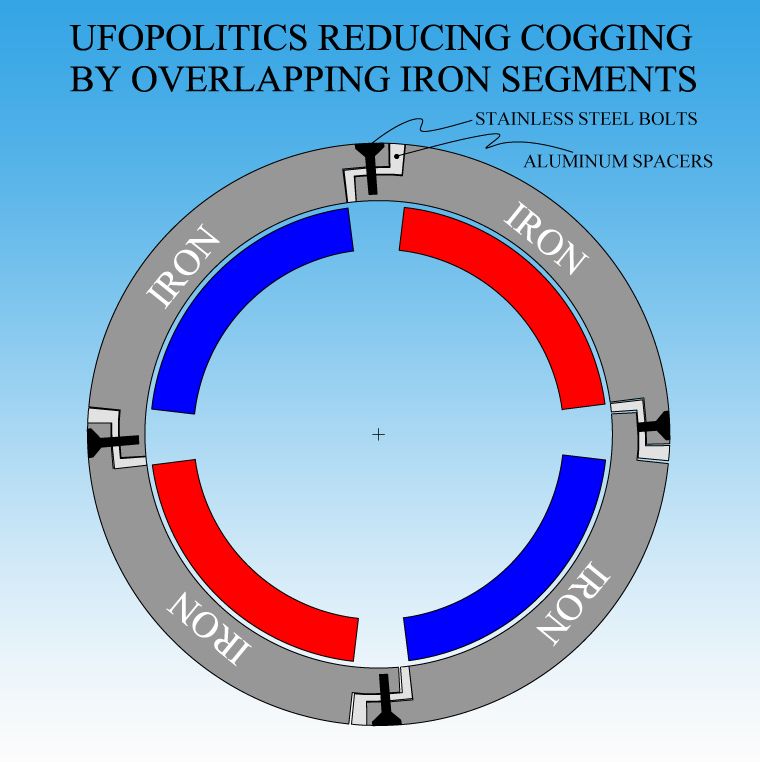Hey jimboot
I guess I wasn't that clear in the video.
On the end plates are the magnets. Then a 2 " rotor with slugs in it. Then I will have 1" diameter slugs in another endplate, which I will secure with an aluminum pipe. So I will have about 3 1/2 " of length on a 1" diameter slugs ( 6 in total). There won't be a lot of room, but I think it will work.
I am about 10 hrs away from starting the wind. Then it will be clear.
Hey dragon, what if the generator is wound bifilar, then we could bias one coil, to counter magnet, until motor starts, or use the bemf from the motor to bias the generator. Just a thought.
I guess I wasn't that clear in the video.
On the end plates are the magnets. Then a 2 " rotor with slugs in it. Then I will have 1" diameter slugs in another endplate, which I will secure with an aluminum pipe. So I will have about 3 1/2 " of length on a 1" diameter slugs ( 6 in total). There won't be a lot of room, but I think it will work.
I am about 10 hrs away from starting the wind. Then it will be clear.
Hey dragon, what if the generator is wound bifilar, then we could bias one coil, to counter magnet, until motor starts, or use the bemf from the motor to bias the generator. Just a thought.







 Iron rotor
Iron rotor
Comment